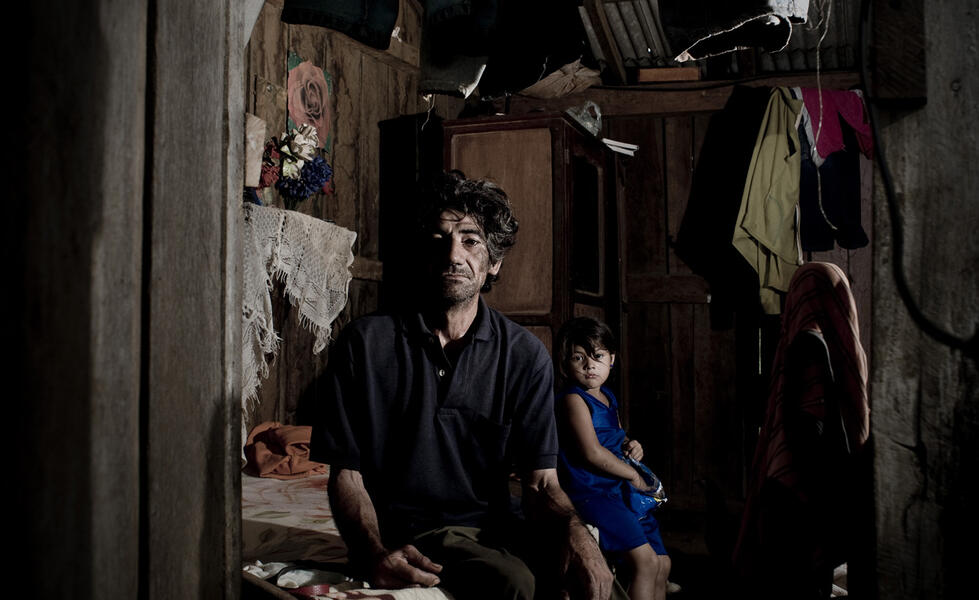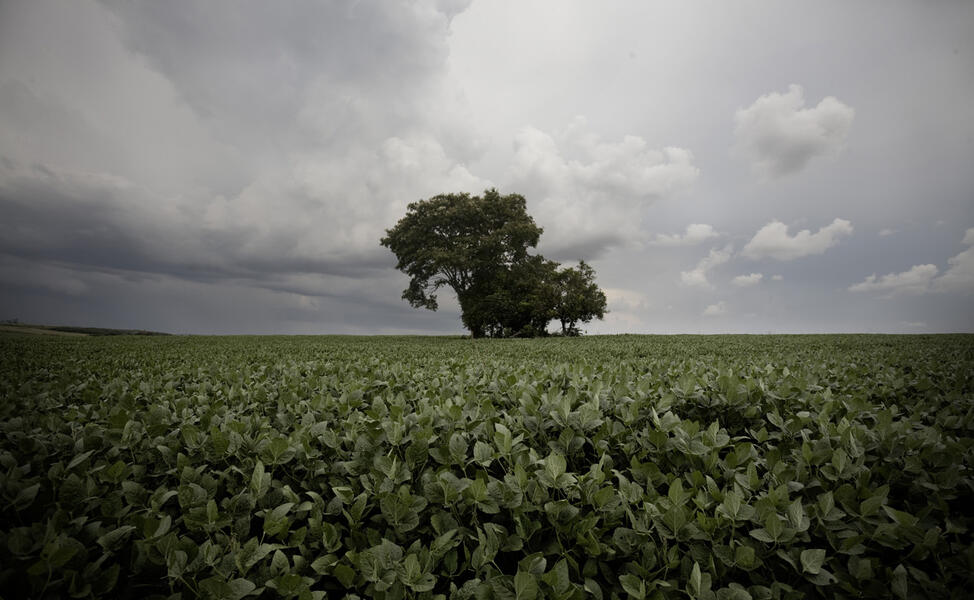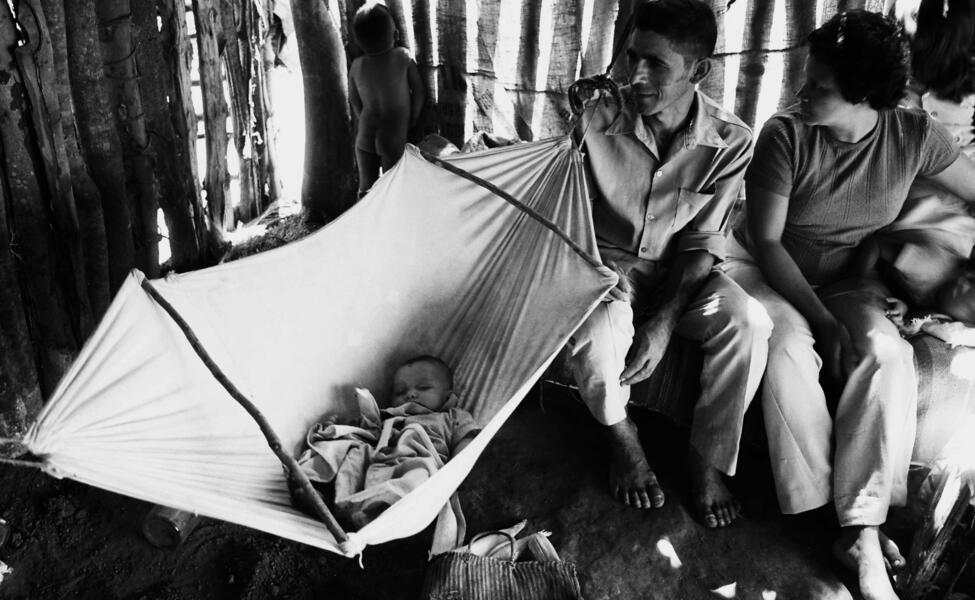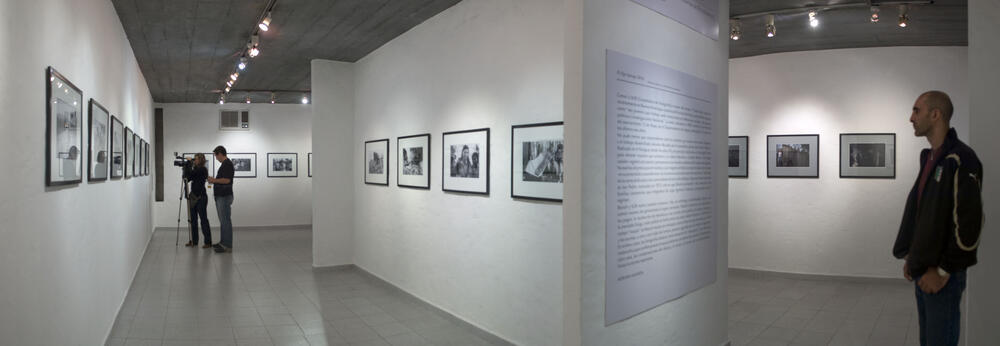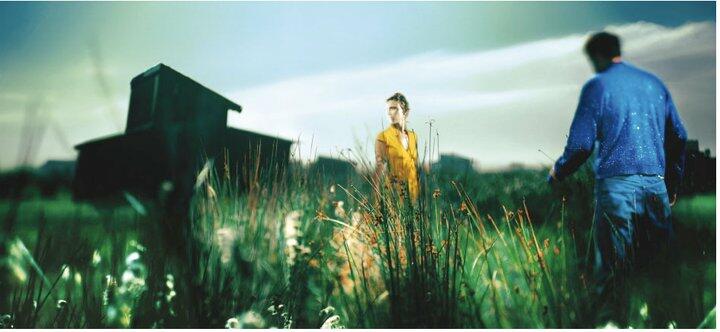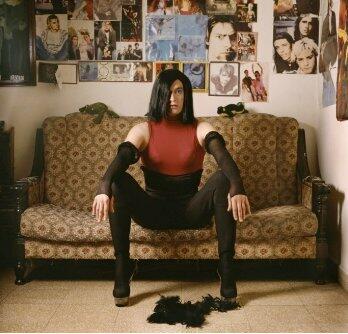Paraguayan Portraits in Two Eras
The exhibition Retratos Paraguayos en Dos Tiempos, at the CAV/Museo del Barro, presents chronologically different works that converge in a revealing manner even though their creators- Jose Maria Blanch and SUB [Cooperative of photographers]- were never in contact.
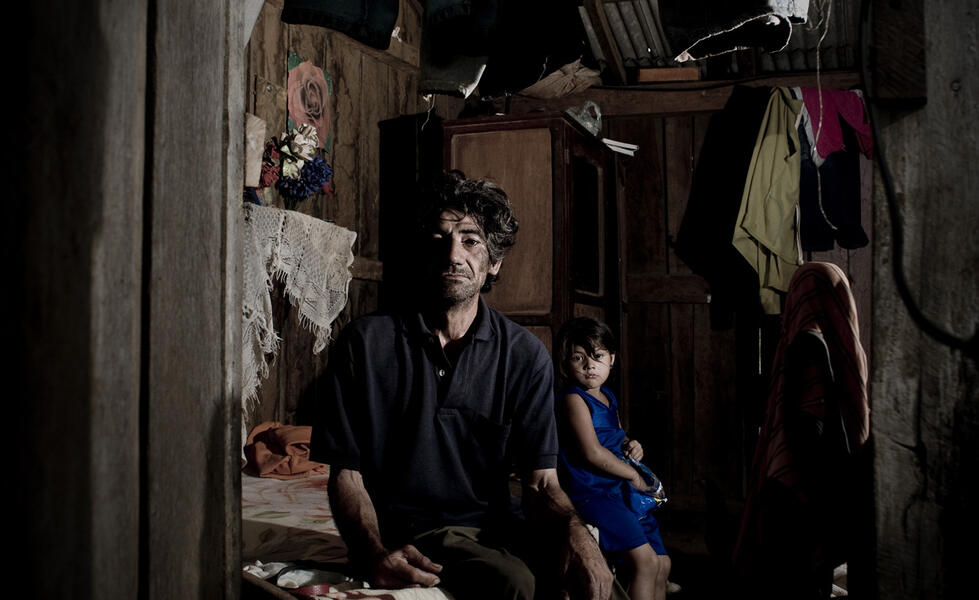
The essay 17 Veces Volver–written in 2009 by SUB [Cooperative of photographers]- portrays the Paraguayan settlement “13 de Mayo” (13th of May) – department of Itapúa, which borders with Misiones (Argentina)- evicted 17 times in the last six years. The visible connection between these beautiful and dramatic images and the development work of the 70s and 80s by the Jesuit priest José María Blanch, located in Paraguay since 1954, does not cease to amaze. At first dedicated to photography only to obtain input that would serve his educative labor, Blanch- of Catalan origin- registered with passion and perseverance the daily rituals of rural Paraguay. His images in black and white have not eluded –in their pretended manners- the hard moment of oppression by the Paraguayan dictator Alfredo Stroessner, as can be witnessed in the series dedicated to rural families that made up the Agrarian Christian Leagues that were persecuted by the dictatorship.
Blanch and SUB never had contact. There is, however, tuned sensitivities, a common way to get close to the portrayed subject. From a distant, the evictions and games, the recollection of cassava and the escapes from the police, the restless naps, and the inevitable fatigue could all be read like the same story that was delayed. The Blanch’s “pink” landscape is as inhospitable as the sea of soybeans portrayed by SUB, and the scenes, on one side and the other of the era, look as if they had been designed by the same diagram. In both cases, the photographs betray a certain sense of “foreignness”, a melancholic distance that gives poetry to what we could consider a document. They also share, of course, the condensation of silence, fear, and the tension of vulnerability. Even secret hope.
Until October 23rs, CAV/Museo del Barro, Grabadores del Cabichuí c/Cañada, Asunción, Paraguay.

